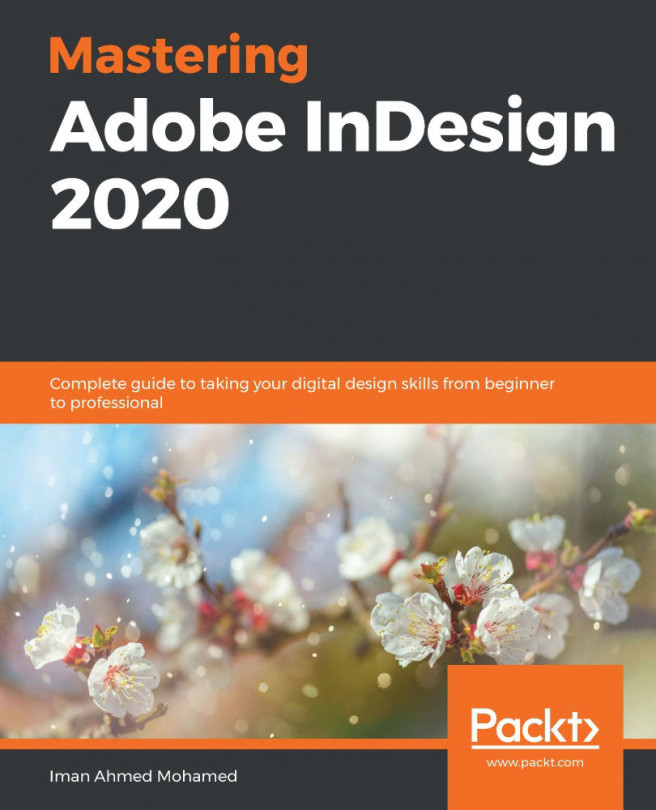An Advanced Action is a small program that is executed at runtime by the JavaScript engine of the web browser or the Flash Player. These Advanced Actions can be used to manipulate the data that's contained in Variables, Capitative objects, or even the project itself. In Captivate, there are three types of Advanced Action:
- Standard Actions: These actions are simple procedures that are always executed the same way in a linear fashion.
- Conditional Actions: These actions are a bit more complex. They can evaluate if a given condition is true or false and act accordingly. Consequently, they do not always perform the same set of actions each time they are executed.
- Shared Actions: These actions can be reused throughout a given project or even shared across projects.
In the next exercise, you will create a couple of Standard Actions to get a sense of what they can achieve.



































































